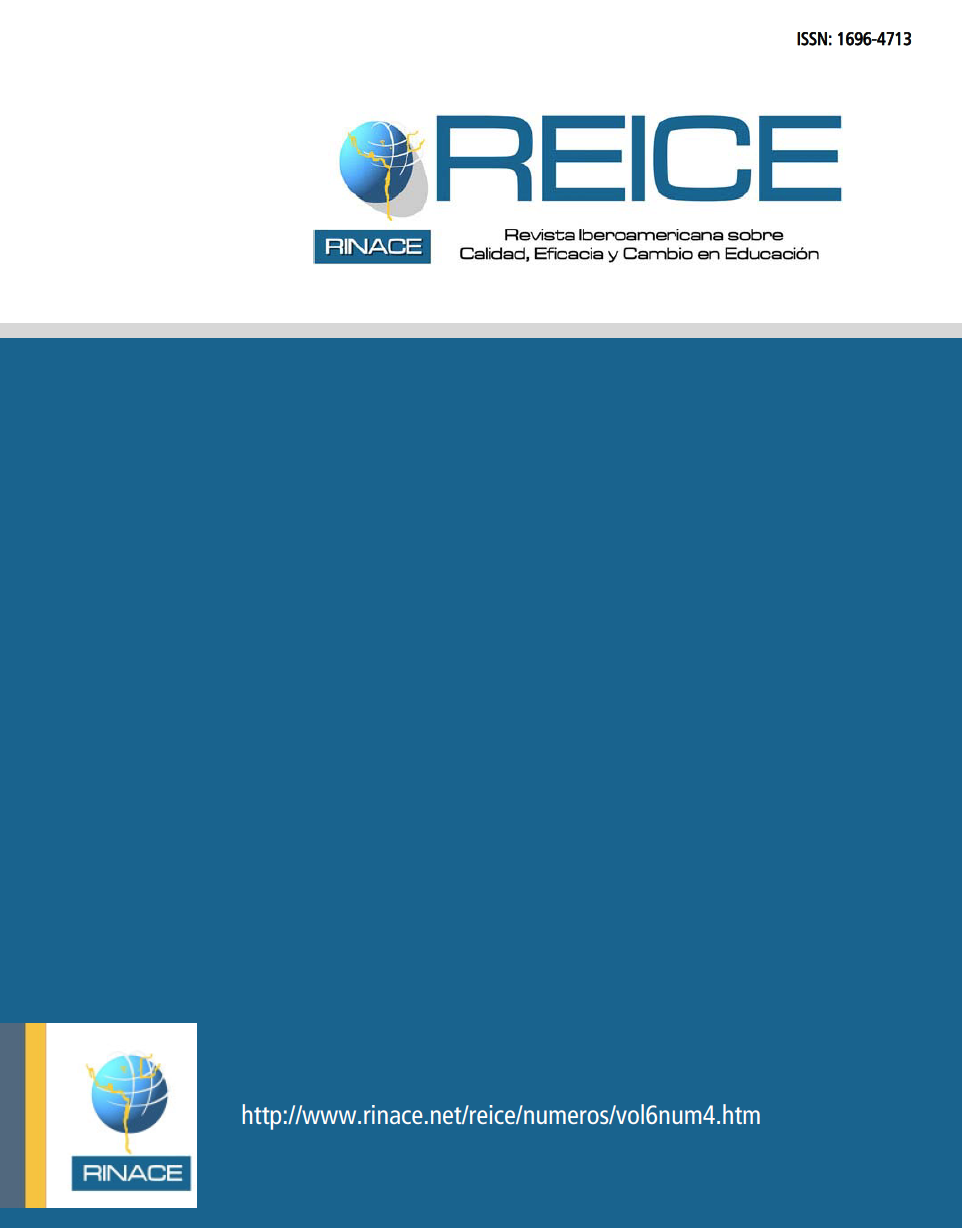Articles
Validation of an Improvement Model for School Effectiveness in Latin America. Factors of the School: Culture for Improvement. The case of Mexico
Published
July 7, 2016
Keywords:
Quality, Effectiveness, Change, Improvement, Equity, Innovation.
How to Cite
Zorrilla, M., & Ruiz, G. (2016). Validation of an Improvement Model for School Effectiveness in Latin America. Factors of the School: Culture for Improvement. The case of Mexico. REICE. Ibero-American Journal on Quality, Effectiveness and Change in Education, 5(5). https://doi.org/10.15366/reice2007.5.5.027
Copyright (c) 2016 REICE. Iberoamerican Journal on Quality Effectiveness and Educational Change

This work is licensed under a Creative Commons Attribution-NonCommercial-NoDerivatives 4.0 International License.
Abstract
The analysis and interpretation of school results has been a concern of several generations of scholars of the educational fact. The famous Coleman Report (Coleman, et.al., 1966) focused on structural factors-social order, economic position, cultural aspects of families-to explain students' school performance. In Latin America, studies were begun on factors associated with school achievement and provided empirical evidence about the behavior of external and internal factors to the school, as well as the processes within schools. Muñoz Izquierdo (1996) distinguishes two types of studies: a) those of a correlational nature and b) those of an interpretive nature whose purpose is to reconstruct the processes that will explain the distribution of learning opportunities. Two theoretical lines have been studying the school results: the school effectiveness that deals with knowing the schools and their operation to improve them, and school productivity seeks to optimize the efficiency of schools. In Mexico, in the nineties educational research draws attention to factors of educational demand and emphasizes the importance of supply factors on which it can intervene.Downloads
Download data is not yet available.
